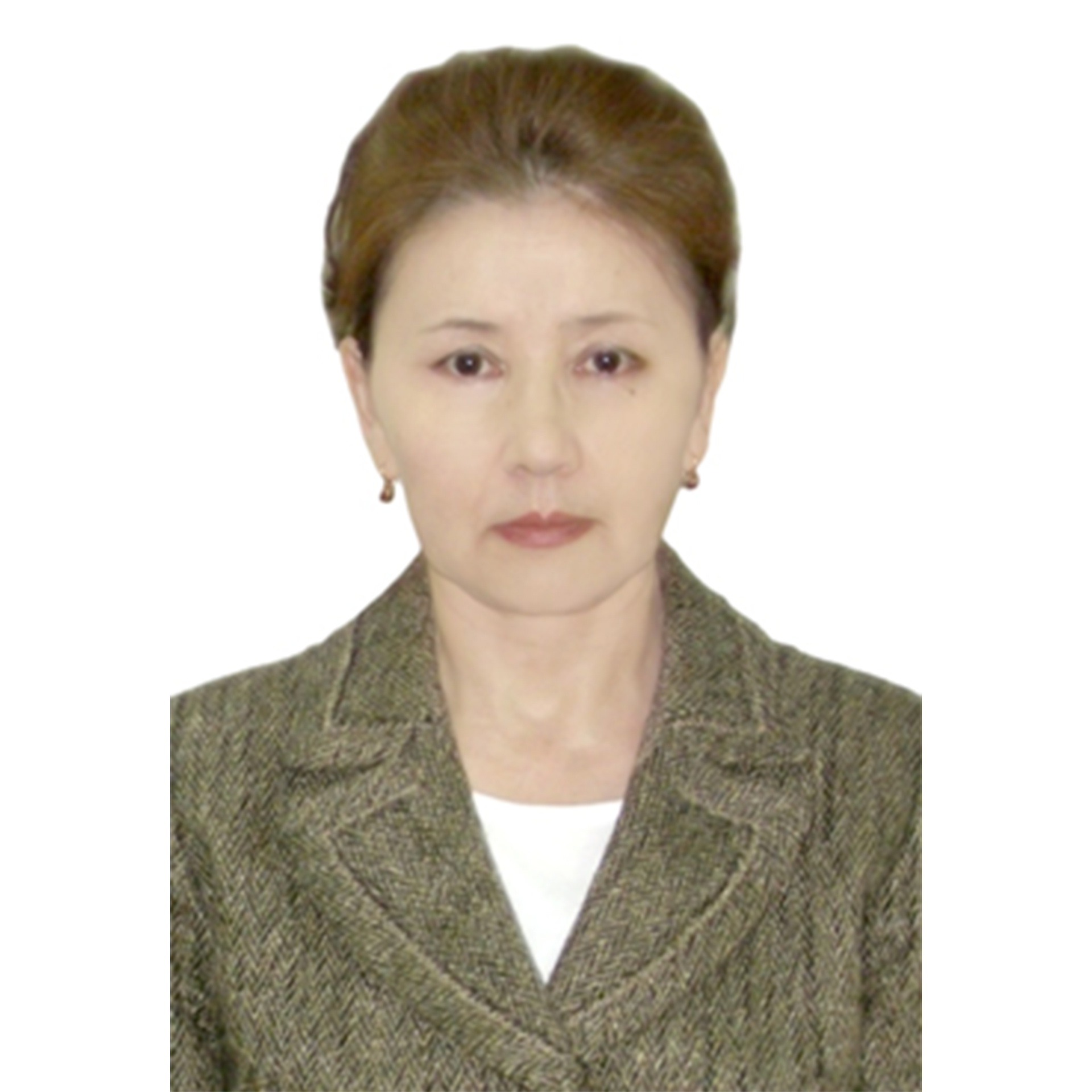History of creation
The Department of Histology, Cytology and Embryology was established at the Tselinograd State Institute in 1964. The first head of the department was candidate of biological sciences, associate professor Balakin F.S. (1964-1974). Participant of the Great Patriotic War. Awarded the Order of the Red Star and combat medals.
From 1974 to 1997, the Department of Histology, Cytology and Embryology was headed by Doctor of Medical Sciences, Professor A.N. Bazhanov. A scientist of republican and union significance (CIS), he made a great contribution to the development of domestic histology.
From 1997 to 2009, a course in histology at another department, the head was candidate of medical sciences, associate professor, professor Baryshev B.B. He is the author of about 100 scientific works.
Since 2009, the Department of Histology and Cytology has been headed by Doctor of Biological Sciences, Professor A. A. Kikimbaeva. She has taken an active part in the development of the Department of Histology since its establishment in 2009 as a separate structural unit. In 2010, by decision of the Academic Council, the Department of Histology was recognized as one of the best theoretical departments of the NAO " Astana Medical University" for the main types of work in 2009-2010. A. A. Kikimbaeva is the author of scientific papers on experimental endocrinology, presented at international congresses and published in European and American journals .
Goals
2. Training of highly qualified scientific and pedagogical personnel in courses of the Faculty of Advanced Studies.
3. Planning and conducting scientific research in fundamental and priority areas for practical healthcare, implementation of the obtained results of scientific research work and innovative technologies.
Functions
1. Implementation of educational programs of the State Standard of Higher Professional and Postgraduate Education in the profile of the department;
2. Conducting all types of training sessions according to the forms of education;
3. Maintaining an electronic journal of academic performance by department staff in accordance with the teaching load;
4. Conducting a department meeting to discuss planned and current issues of educational, methodological, scientific work of employees and educational work with students;
5. Development of educational programs for the department’s disciplines;
6. Implementation of comprehensive educational, methodological and organizational-methodological support for the educational process in the profile of the department, conducting educational and industrial practices;
7. Development of department work plans and individual work plans for department teachers;
8. Use of modern technical teaching aids during training sessions;
9. Conducting research work at the department and testing innovative technologies;
10. Publishing textbooks, teaching aids and other scientific/educational, educational and methodological literature;
11. Involvement of students in research work (SSS, SMU, ongoing research projects); ensuring the publication of students' research papers, including in international peer-reviewed journals; obtaining security documents with the participation of students; ensuring the participation of students in Olympiads, scientific and practical conferences and in research paper competitions ;
12. Implementation of quality control and implementation of individual plans of department teachers and other types of work of employees;
13. Participation in social and cultural events organized by the deans’ offices and the University’s management;
Activity
The main direction of the scientific work of the department is "Study of the mechanisms of development and prevention of diabetes mellitus caused by 4,8-dihydroxyquinoline-2-carboxylic acid". The topic of this scientific research corresponds to the directions: research in the field of medicine; fundamental research in the field of natural sciences. Over the years of work, the staff of the department have published about 410 publications including about 30 scientific articles in foreign journals with a high impact factor , 3 monographs, 25 teaching aids in Kazakh and Russian , 3 provisional patents for inventions, 1 innovative patent, 10 rationalization proposals. Six new educational technologies have been introduced into the educational process of the department: “Morphological Complex”, “Educational Television”, “Assessment of Students’ Practical Skills at the Final Assessment Using IT Technology ”, “Optimization of Practical Classes with Elements of Lecture Material and Independent Work in Small Groups”, “ CBL ( Case - based Learning ) , RBL ( Research - based Learning ) .
Achievements
The department employs 1 Doctor of Biological Sciences, Professor, PhD, Professor, 2 Candidates of Sciences, Associate Professor, Professor, 7 Masters of Medicine and Biology. In 2011-2013, 2 Masters of Medicine were trained. The staff of the department published a series of textbooks on private histology in Kazakh, Russian and English, the textbook "Histology and Histology", the educational and practical manual "Histological problems. Tinder". Pupils of the scientific student circle of the department presented scientific reports at international conferences of the CIS countries, symposiums of the European level. In 2013-2019, the department participated in the implementation of a joint scientific project of the Astana Medical University, Kargu named after Buketov (Karaganda) and the Gerhardt-Katch Diabetes Institute (Karlsburg). The scientific works of the employees were published in the republican journals "Astana Meditsinalyk Zhurnal", "Vestnik KarSU", "Vestnik KazNU", "Valeologiya", in the journals of the near abroad "Archive of Anatomy, Histology and Embryology", "Problems of Endocrinology", "Bulletin of Experimental Biology and Medicine", "International Journal of Applied and Fundamental Research", in the journals of far abroad "Diabetes Research and Clinical Practice", "Acta Diabetologica", "Diabet & Metadolism", "Diabetes", "Journal Clinical Lipidology", "European Journal of Ophthalmology", "The Journal Minerva Endocrinologica", "Diabetes Technology & Therapeutics". The results of the scientific work were presented at European symposia, world and American congresses of diabetologists.
Contacts


